I am doing an independent study looking at species community composition data for fish in the San Antonio River basin. I am using NMDS in R to meta analyze my results.
library(vegan)
test2<-data.frame(relative_abundance_fish_data[1:100,5:51])
test2.hel<-decostand(test2,method="hellinger")
set.seed()
nmds1<-metaMDS(test2.hel,autotransform=F)
ordiplot(nmds1)
Then, I have my data divided up where each row is an independent data point. For example,
Site Code Site Date Year relative abundances of species... env variables...
Each site code is unique, but I only have 12 total sites. I would like to colorcode my sites based off of the SITES, not the SITE CODE. Is there a way to do this?
Please let me know if I need to clarily anything else!
I have seen answer threads that colorcode based on individual events (n=100)- I just want to colorcode among sites (n=12). In that same thread, there were an equal number of sites for each category, but that is not the case for my dataset. For example, I have 8 events for one site, and maybe only 6 for another.
